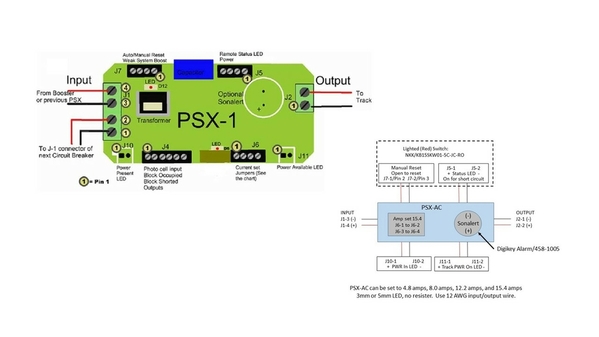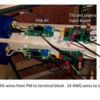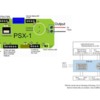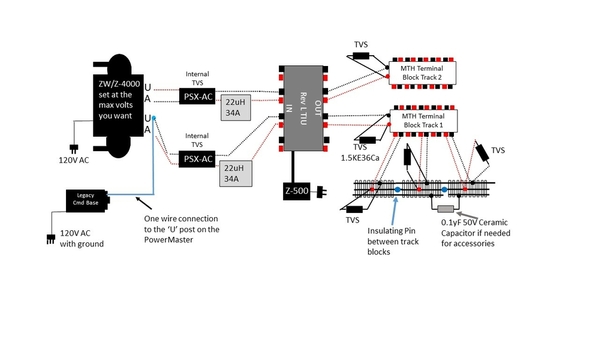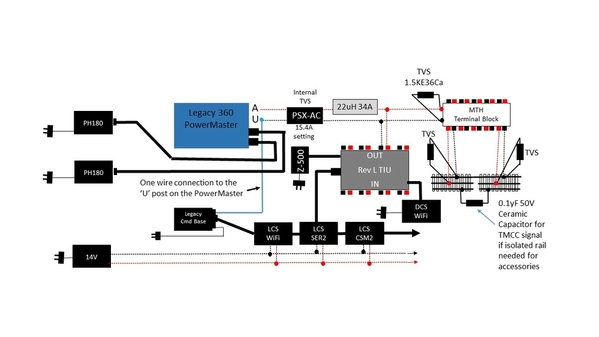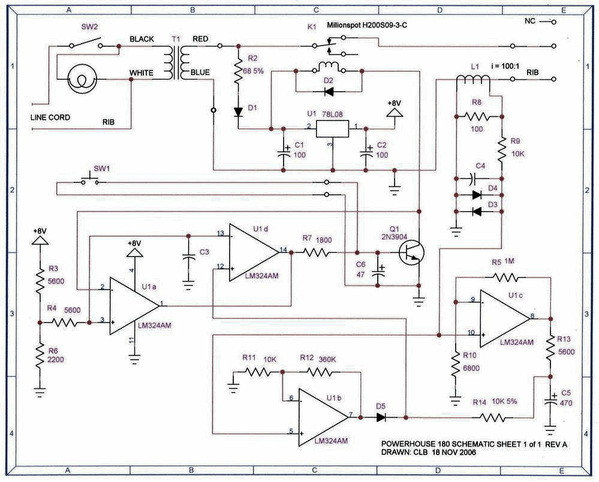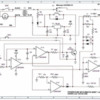@gunrunnerjohn - I had no idea that the schematic for the PH 180 was even available from the ether.
It might be helpful to list some of my goals and commentary on the matter:
* Instead of using a wire wound transformer (L1), I was going to use a current sense device. This way there will be absolutely no current draw from the power supply. However, this method is inherently prone to electric disturbances and anomalies. So it may not be feasible to do so.
* I would like to be able to transmit the RMS voltage and RMS current to my layout controller.
* If I have the RMS current at my disposable, I can use that signal for the over current protection.
* I also want to be able to set the trip points (no jumpers!). Not that the PH 180 schematic can't be easily modified to support this.
* I noticed that the value for C4 is not given. The value of this capacitor is fairly critical. My guess it's 0.1uF.
* I once worked for a gentlemen with a Masters in Electrical Engineering who couldn't understand the purpose of D2.
* It seems Lionel uses 8V as the default for just about everything it makes with electronics.
Anthony







